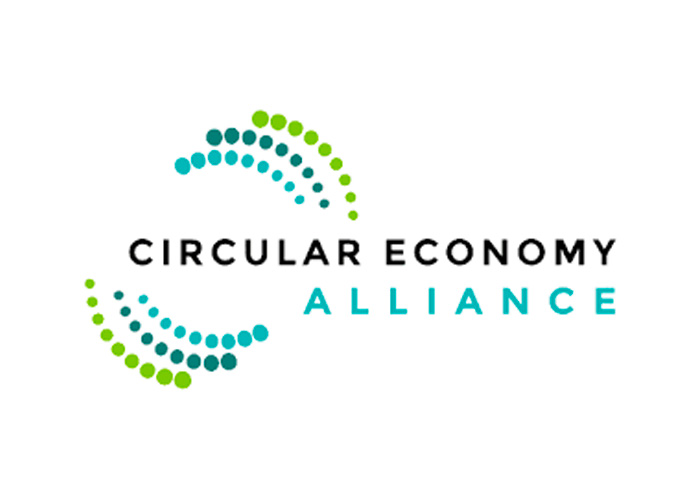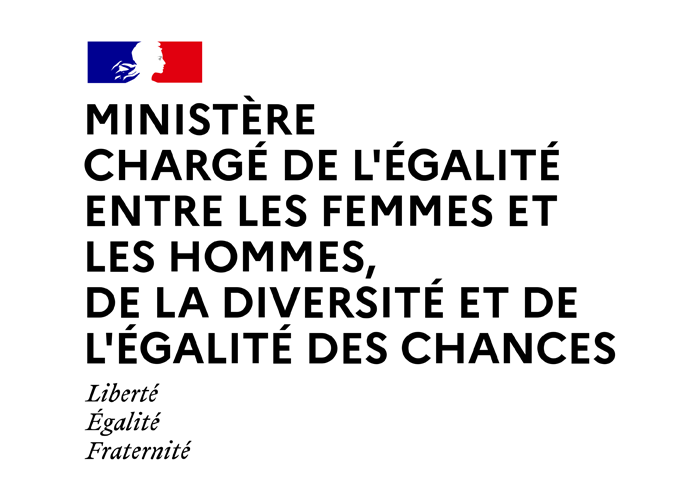For the past 4 decades the gender gap in tech has widened, with only 1 woman in 5 people working in the industry today. Women in Tech® is changing that.
The Context
Despite decades of progress towards workplace equality, women remain underrepresented in the technology workforce. The figures speak for themselves: according to Eurostat, just 17% of the people working in STEM (Science, Technology, Engineering and Mathematics) roles across Europe are female – and only 5% of leadership positions in the technology industry are held by women.
The need for skilled employees is more obvious than ever. However, the technology industry continues to restrict itself with a “boys club” image. We must add more women to the technology sector if we want them to play an integral role in the ecosystem and ultimately strengthen the industry as a whole.
Why it matters
Technology permeates every aspect of our society, defining the way we live, build products, work and more. Not only does technology drive our economy but it invents our future. Technology products and services are being developed and delivered based on the perspectives of only one half of the population, and not designed with the needs of everyone in mind. Women make up half of consumers and technology companies need to reflect this in their workforce designing those products.
This gender gap is preventing women from playing their full role in shaping the future of our society, since STEM careers are projected to be some of the most sought-after in the context of the Fourth Industrial Revolution
Diversity and inclusiveness are essential in every industry, and they are critical to tech.
What is being done
Today, there are a number of initiatives that are working towards bridging the gender gap in technology. Most of these initiatives are isolated and they focus on specific actions that cover a part of the problem but do not offer a full spectrum of solutions.
Working individually and locally, networks have less impact. Obviously, they can make a difference, but no real change can be done to invert the process and bridge the gender gap in the STEM industry in the long term.
Global Partners















